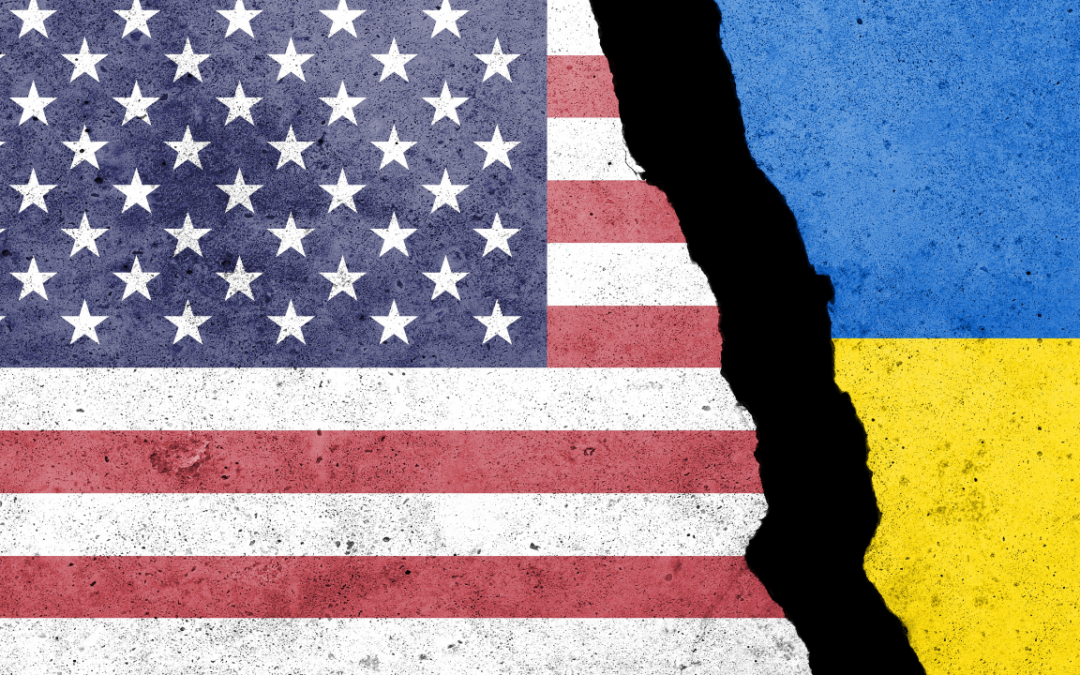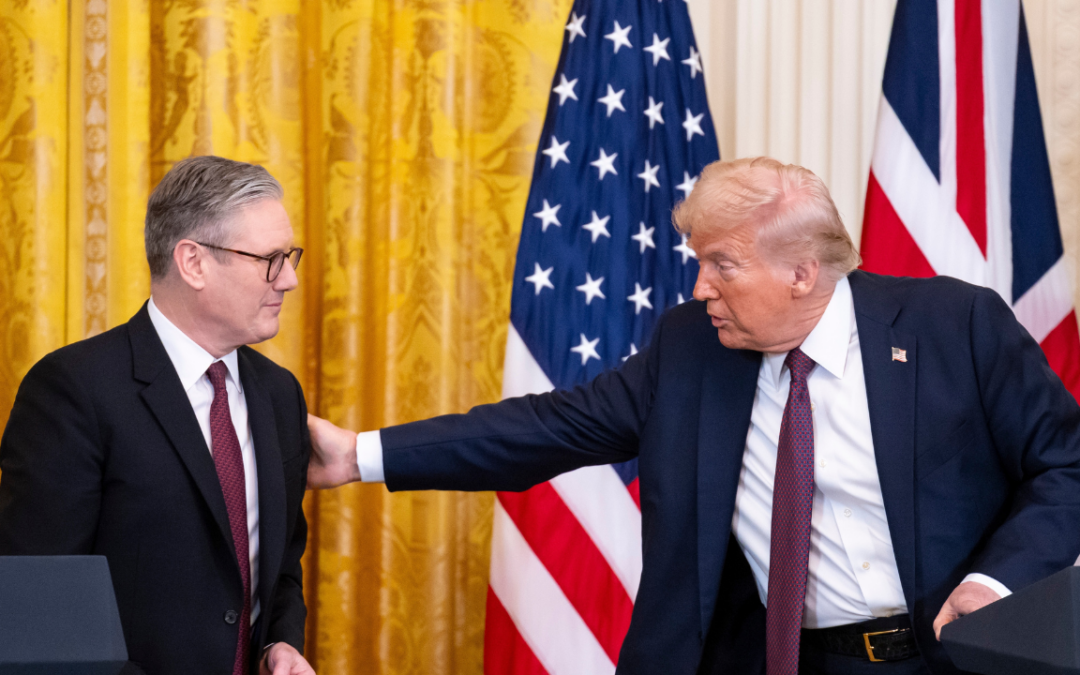Mid-August is often referred to as the ‘dog days’ of summer. The saying arises from the observation, first recorded in ancient Greece, of the arrival of Sirius—the brightest star in the constellation Canis Major (‘big dog’)—into proximity with our sun. According to the ancients, that interstellar convergence was the source of summer’s scorching heat.
Today, however, the dog days evoke images of panting hounds seeking respite beneath the porch. For investors, the dog days are a time of lazy relief from the white heat of markets.
The coming week may epitomize the popular yore of the dog days, when not much happens apart from the occasional siesta in the shade. Languid markets are on tap as a solid second quarter corporate earnings season pleasantly winds down, and as few important data releases crowd the upcoming calendar.
But lazy market conditions may not last long. The end of summer approaches. The most treacherous market months of September and October lie ahead.
Also, in ten days the Federal Reserve Bank of Kansas City will host the Fed’s annual gathering at Jackson Hole, Wyoming. In the shadows of the Tetons, central bankers, economists, and journalists will gather to discuss a variety of topics under the heading of ‘Macroeconomic Policy in an Uneven Economy’.
When the symposium planners first proposed the conference title, ‘uneven’ probably had different connotations than it does today. Discussions of income or public health inequality were probably envisaged. Sorely needed infrastructure improvements might have made the agenda. Or perhaps seminars devoted to environmental degradation, budget deficits or crumbling free trade were on tap.
Events have a way of intruding on agendas. Today, the most important policy debate is between monetary ‘hawks’, who believe the Federal Reserve (and other central banks) must soon rein in their expansionary policies, and ‘doves’ who believe aggressive monetary easing remains necessary to restore full employment.
In short, the question that will dominate at Jackson Hole reads: When should central bankers slow (‘taper’) asset purchases?
The answer is hardly straightforward. But history suggests that getting it right matters for markets. For instance, in May 2013 oblique references by then Fed Chairman Bernanke to tapering sent the bond market into its infamous tantrum.
Still, several aspects of any monetary policy shift are clear. First, proper communication ought to precede concrete policy steps. Second, the aim—if possible—ought to be gradual, not abrupt, policy change.
Sudden shifts are best avoided, primarily to minimize the risk that financial markets might seize up. Of course, there are no guarantees. Even subtle hints can lead to market ructions, as Bernanke and the Fed discovered to their chagrin in 2013.
Gradualism dictates that the first policy step ought to be a slowing of asset purchases (‘tapering’), rather than a sudden stop. Only after asset purchases have concluded does it make sense to shrink the central bank balance sheet. Even then, it is preferable to first allow maturing assets to roll off the balance sheet before engaging in direct sales of notes and bonds. Hiking short term interest rates is best left to an even later date.
Indeed, that was the playbook from 2017-2020, when the Fed ended ‘quantitative easing’, a measure it had adopted during the financial crisis, and sought to ‘normalize’ policy.
But gradualism is only possible if the macroeconomic backdrop remains benign. Both inflation and recession must be avoided if policy shifts can take place smoothly over time.
Today, with inflation surging above the Fed’s target, overheating presents the greatest risk to gradual policy adjustment. If the Fed delays too long, it may have to respond swiftly to avoid a sustained inflation overshoot—with the risk that an abrupt policy shift could wreak havoc on markets.
Investors also know that the Fed must act with incomplete information. Leads and lags between employment, labor market slack, wages, prices, and productive capacity are always uncertain, but arguably they are even more so today given pandemic-related dislocations to the economy. Metaphorically, the Fed will be attempting a glide path landing in foggy conditions without the benefit of precise instruments to guide it safely to the runway.
The margin for error in markets is small. Bond yields are absurdly low, highlighted by real (inflation-adjusted) long-term interest rates at minus 1.25%, far below any plausible level of ‘equilibrium’. Equity markets are almost as overvalued, in part courtesy of low bond yields. If the Fed acts too late and thereby stokes fears of inflation, bond prices will slump, interest rates will soar, and equity markets will crash. But if the Fed moves too soon or too quickly, it could precipitate recession, a collapse of corporate profits, and a stock market swoon.
It is little wonder, therefore, that market participants will be fixated on what Jerome Powell and other Fed officials say at Jackson Hole, as well as on subsequent Fed statements, speeches, and testimony over the remainder of 2021.
The dog days of summer have arrived. Best to grab a cool drink, find shade and get some rest, while that is still possible. But keep an eye out for Canis Major—the big dog, aka the Fed. That canine is moving into a celestial position where more than just the outside temperature might heat up.



